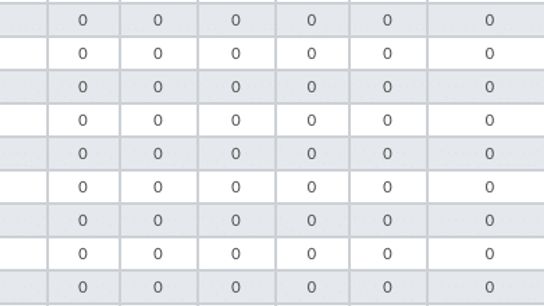The folks at SB Nation compiled a chart tracking every blue-chip (four- and five-star) recruit from 2013 through the ongoing 2017 class. At the top were the usual suspects -- Florida and Texas, then a small gap to California, then a large gap to Georgia, then a larger gap to Ohio and Louisiana.
The chart then cascades down through the likes of Alabama, Virginia, North Carolina, Tennessee, Pennsylvania, New Jersey, all the way down to recruiting wastelands Alaska, Maine, Montana, New Hampshire, North Dakota, Rhode Island, Vermont, West Virginia and Wyoming -- all of whom did not produce a single bluechip over the past five years.

One of those is, of course, not like the others.
Seven of those nine states don't play FBS football. One, Wyoming, plays in the Mountain West.
And then there's West Virginia.
Dana Holgorsen and the Mountaineers are the only Power Five staff tasked with stacking a roster without the benefit of a single bluechip recruit of the 1,642 produced over the last five years. Other states come close -- Nebraska produced two, Wisconsin and Iowa five apiece, Kansas and Minnesota six -- but not one else came up empty over half a decade. Yes, West Virginia recruits Florida successfully, and, sure, Pennsylvania, Virginia, Maryland, North Carolina, Ohio and other nutrient-rich soils are nearby, but long-distance recruiting isn't a complimentary strategy for the Mountaineers. It's the only strategy.
With that inherent disadvantage baked into West Virginia's football DNA, WVU must also fight uphill in a conference where the entire power base has the No. 2 state in producing bluechip talent and No. 1 state in overall FBS signees as its natural recruiting area. Nebraska is essentially in the same boat at West Virginia, but so are the teams Nebraska competes against. WVU doesn't have that luxury.
It makes one wonder how West Virginia could possibly go 36-28 with one Big East championship and four seven-or-more win seasons in five tries under Holgorsen.
Or, at least it should.
(HT SB Nation)
